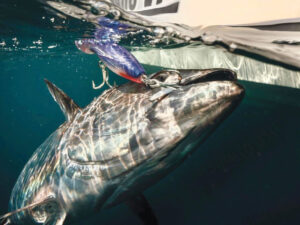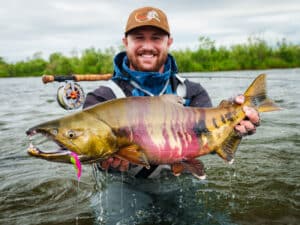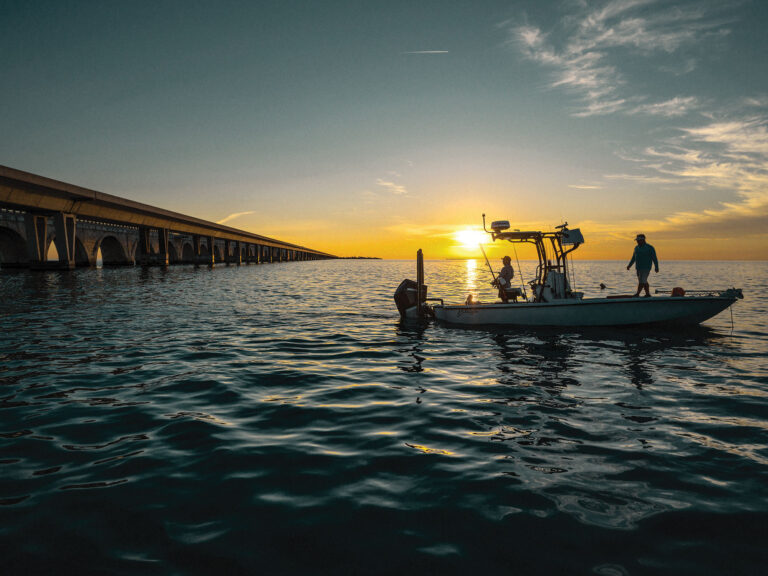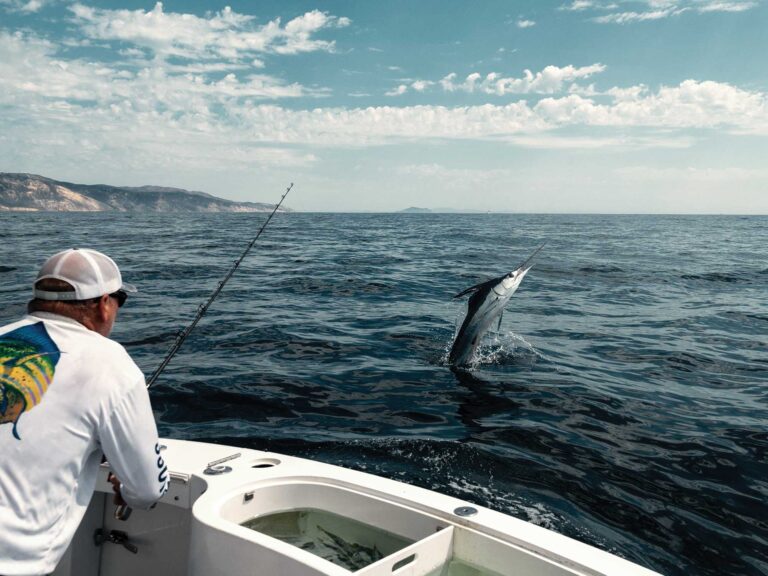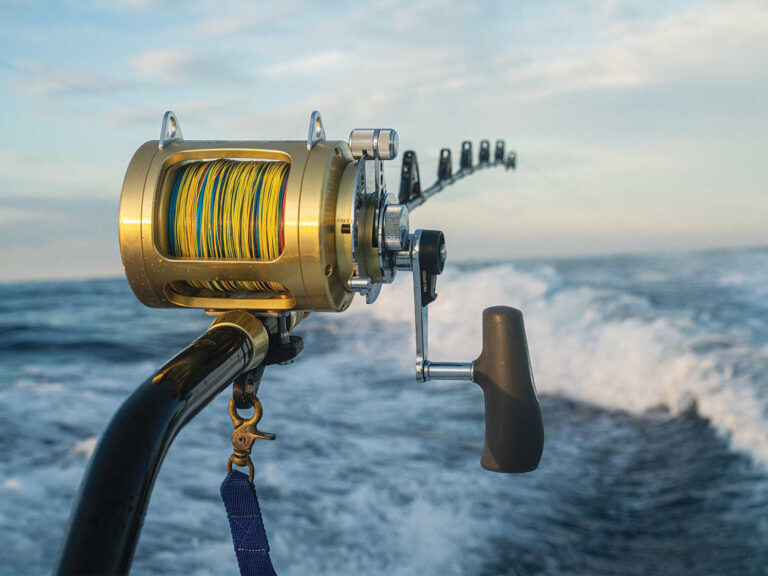
You see a flash in the water ahead, and a fish suddenly materializes, cruising down an edge in search of food. Your reactions are instinctive. Judging the distance and angle just right, you lay out a beautiful cast only two feet ahead of your quarry.
The fly settles into the water and slowly drifts beneath the surface. Everything’s playing out perfectly – or so you think. As the fly descends, the fish swims just underneath without even noticing.
Sound familiar? Every tier worth his salt must take into account sink rate. Positioning your fly in the right place on the surface represents the first part of a good presentation. But delivering it to the correct zone under the surface is equally important. In fact, it’s vital.
Selection and Application
Most flies are designed to be fished at a certain place in the water column. Tailing redfish on a shallow flat require different flies than the same fish in two or three feet of water. When conditions change, we all too often continue fishing with a less-than-ideal fly or one we don’t have as much confidence in. But this doesn’t have to be the case.
No fly design is set in stone. There are a number of methods you can use to modify the sink rate of your current patterns to develop new ones for specific situations. Some of these techniques have the added benefit of varying the action and attitude of the fly, which makes your patterns even more appealing.
The first thing to consider when fine-tuning a fly’s sink rate is the choice of materials and their applications. If you want a fly to sink quicker, for example, consider substituting synthetic hair for deer hair. If you want a fly to ride hook-point-up, perhaps a little deer hair on top of the head will do the trick. A foam-bodied crab is obviously going to sink slower than a yarn-bodied crab, if at all. And let’s not forget: Polypropylene floating yarn is more buoyant than Antron rug yarn.
Material choice is indeed crucial, but so too is how those materials are used. Applying materials in thicker quantities produces a “parachute effect,” which can slow a fly’s descent and help it ride at the appropriate angle. If you want to speed up sink rate, tie sparsely. I always carry an old Swiss Army knife with a pair of scissors that I use to trim material for quick, on-the-water adjustments.
Tiers should also arm themselves with a plethora of hook options. A huge variety exists these days, and a hook can greatly affect a fly’s sink rate. If you want a fly to sink slowly – or not at all – consider a lighter wire hook or a tin- or nickel-plated variety. Want your fly to get down? Try a heavy-wire stainless hook.
I tie an EP-fiber/rabbit-strip baitfish that sits on the surface when it first hits the water. With a light hook, the materials soak up some water, which produces a nice, slow descent. If I want the pattern below the surface on the first cast, however, I’ll tie it on a heavy wire hook.
Eyes, Beads and More
Nearly every saltwater tier is familiar with weighted eyes. Everything from small bead-chain to large lead or tungsten eyes can be used to produce appropriate sink rates. Take the Clouser Minnow, for example: A Skinny Water Clouser with bead-chain eyes can be used effectively in the shallowest of water, while a Deep Water Clouser with heavy lead eyes will sink straight to the bottom. Brass eyes – less dense than lead but more than bead-chain – are another option.
When affixed near the hook eye, weighted eyes produce an irresistible jigging motion and can turn a fly over for a hook-point-up presentation. But make sure you use enough weight and position the materials for it to turn over easily. More than once, I’ve arrived at the water with a new pattern that’s intended to ride hook-point-up, yet when I toss it in the water, it’ll sink sideways or point-first into the thick grass!
Sometimes you can fix this by hacking off some material on top of the hook. However, the best fix is to tie on a different fly and go back to the bench when you get home!
Beads and cones are used regularly in freshwater but often overlooked in the salt. Placed on a hook shank, though, these materials can properly balance a fly and get it moving downward at the appropriate speed. Bead-head flies also tend to land much more quietly than those tied with lead eyes and slip easily through vegetation.
I’ve found beads to be particularly useful in shrimp and slim-profile baitfish patterns, while brass or tungsten cones regularly find their way onto the noses of my synthetic baitfish. Depending on the type of fly and where the bead or cone is placed, you can also paint on eyes for a more realistic look.
If you want a fly to sink quicker but don’t necessarily want to change its attitude or angle on the way down, lead or lead-free wire are excellent options. All you need to do is wrap a layer or two around the shank before tying in the rest of the materials. With a little experimentation, you’ll figure out the appropriate amount for a given application.
Changing the distribution of lead on the hook shank will slightly alter the balance. Lead tape can also be trimmed to size, if needed, and lashed to the hook shank with similar effect.
Epoxy and epoxy substitutes, such as Tuffleye, are often used by saltwater tiers. Epoxy sinks at a moderate rate and has little drag in the water, allowing for a variety of sink rates depending on how it’s combined with other materials.
Epoxy can form the body of a shrimp or baitfish pattern, as in a Surf Candy or Ultra Shrimp, or it can be applied to a particular part of a fly. A little epoxy worked into the head of a thick-bodied baitfish will quicken its descent, while an epoxy coating on the underside of a yarn crab helps it turn over and sink.
Much of the fun of fly tying comes from modifying existing patterns to perform exactly how you want in specific situations. Some of these tips should help fine-tune your flies so they spend more time in front of fish – and hopefully generate a few more takes.

